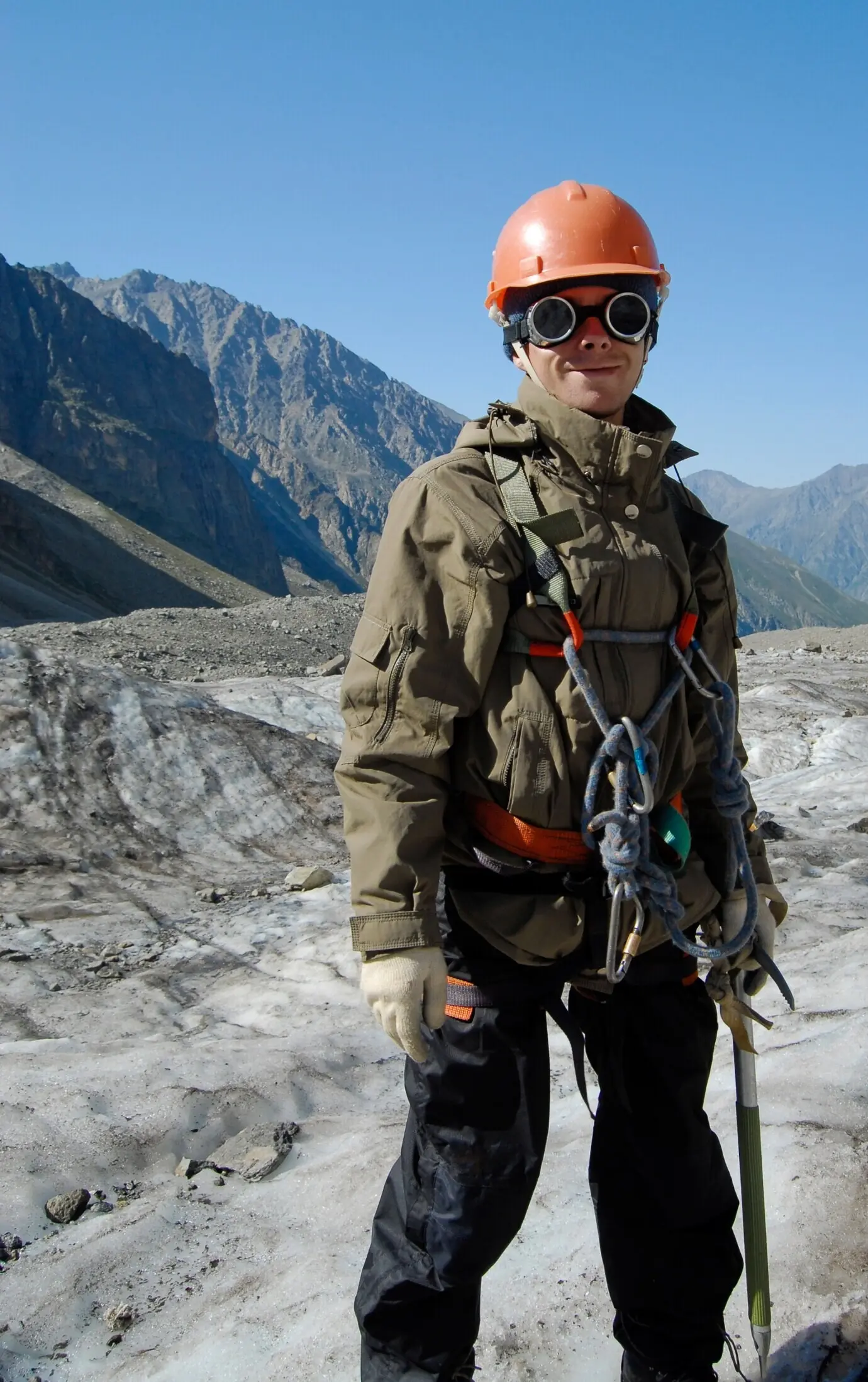Map Your Adventure: Planning Multi‑Day Backpacking Routes
Set Your Route Vision
Navigation That Never Panics
Camps, Water, and Resupply Cadence
Water Strategy for Dry Stretches and Snowmelt Windows
Audit sources by season, drought reports, and flow gauges. Mark reliable springs, lake outlets, and seep lines. Carry capacity for long carries and treat conservatively. Factor treatment time and cooling breaks. Wise water planning keeps you hydrated, safer, and smiling through heat waves, dusty climbs, and late‑season trickles.
Choosing Low‑Impact Camps with Wind and Weather in Mind
Aim for durable surfaces, established sites, and safe distances from water. Check wind funnels, cold‑air pooling, and thunderstorm exposure. Seek morning sun for morale. Respect quiet hours and wildlife corridors. Comfortable, ethical camps improve sleep, reduce impact, and foster goodwill that protects access for everyone who follows.
Weather, Hazards, and Wise Decisions

Gear Systems that Serve the Miles
Shelter and Sleep Systems by Climate and Elevation
Food Planning: Calories, Electrolytes, and Joy
Feet, Footwear, and Recovery Rituals
Progressive Training and Realistic Shakedowns
Altitude and Heat Acclimatization Without Heroics
Permits, Ethics, and Trail Community
Permits, Quotas, and Respectful Compliance
Track application windows, lotteries, and alternate trailheads. Build itineraries that match your permits exactly. Carry printed approvals and know conditions of use. Responsible compliance protects fragile places and shows land managers that backpackers can self‑regulate while still enjoying ambitious, creative, and memorable journeys together.
Leave No Trace Applied with Nuance
Go beyond pack‑it‑out basics. Disperse use when appropriate, choose durable travel corridors, and manage waste responsibly in deserts, alpine zones, and snow. Teach newcomers kindly. Nuanced ethics protect ecosystems and preserve the wild character that drew you to long routes in the first place.
Sharing Beta, Saying Thanks, and Giving Back
Post trip reports that include conditions, closures, and lessons learned without geotagging fragile spots. Thank volunteers and support trail associations. Mentor beginners and swap gear you no longer need. Giving back strengthens networks that will someday save your day with advice, water, or a friendly ride.